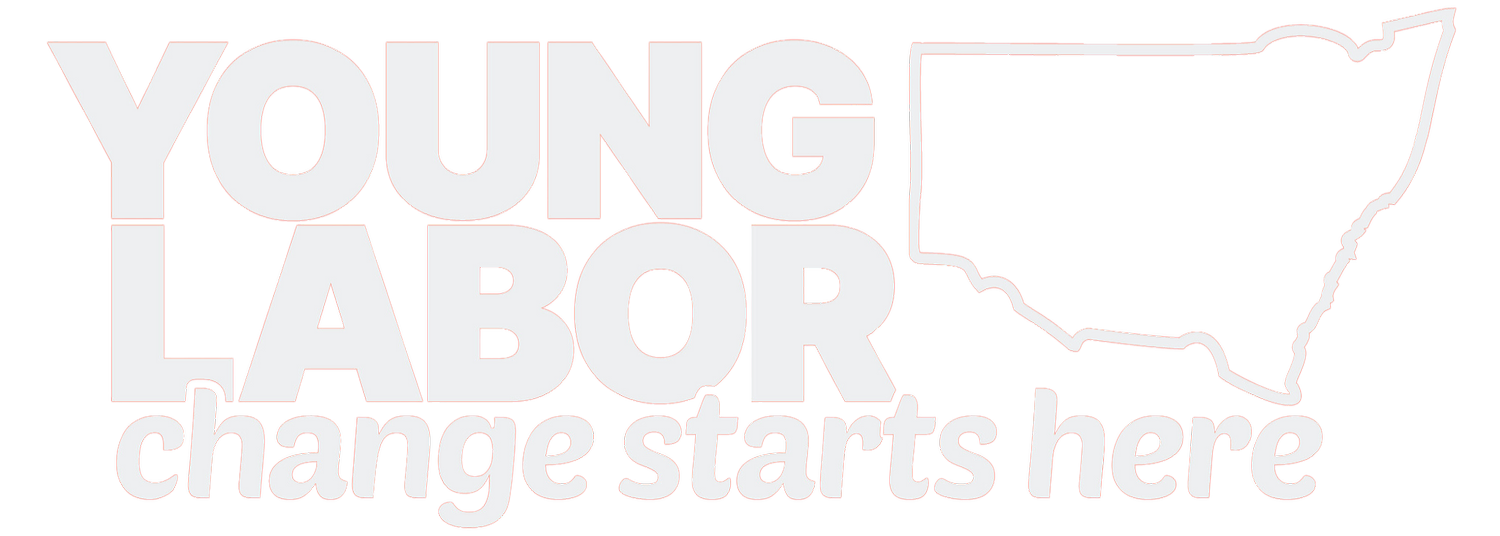Meaningful Access: Abortion in Regional, Rural and Remote NSW
On 26 September 2019, the collective sigh of activists could be heard across NSW. The argument for reproductive rights had been won.
However, with the erosion of access to healthcare under Coalition governments - the fight for access had just begun. A priority in name only, access to reproductive healthcare and abortions in regional, rural and remote communities have remained at the bottom of the policy agenda, shrouded in taboo.
In the landscape of reproductive healthcare and accessing abortion, the PBS provides coverage for pharmaceuticals that induce a medical abortion (ie. oral medication), while the MBS provides for the subsidy of surgical procedures. All options for medical or surgical abortions are constrained by the length of pregnancy and early detection is key for increasing the scope of services that are available to an individual and their circumstances.
While Early Medical Abortion (EMA) can be prescribed by a trained doctor via telehealth, there are wider barriers in readily accessing appointments with regional, rural or remote NSW GPs within the relevant timeframes. Underlying stigma also impacts the willingness of rural practitioners trained for the delivery of EMA to readily advertise their services. Similarly, irrespective of the right to privacy, in small communities privacy can be an issue for those who seek EMAs. When you consider the delivery of these services for adolescents, people with a disability and those who may be subject to reproductive coercion - it is clear that the issue of accessibility is much more serious.
The tyranny of distance, coupled with the taboo of abortion that remains despite decriminalisation, significantly limits the access to supports and services outside of Sydney.
For example, in my local area of the South Coast, many locals struggle to get an initial appointment with a bulk-billing GP and there remain GPs who have a conscientious objection to facilitating medical abortions.
If a surgical abortion is the only available option - many have to travel to seek private surgery in Wollongong or as far as Canberra. The Shoalhaven Women’s Centre have reported the additional trauma caused to those seeking abortions due to cost: transport and accommodation, as well as the need to take leave.
The recent parliamentary inquiry conducted into regional, rural and remote healthcare in NSW overlooked the delivery of reproductive healthcare and women’s healthcare through our hospitals, with focus only given to maternity care.
NSW Health are seemingly indifferent in their position on access and acknowledge that GPs will opt to refer patients to private providers instead of public hospitals. NSW Health also requires all local health districts to develop referral pathways to ensure timely abortion access if they did not provide abortions - however, there is limited evidence that this has occurred across NSW.
It is fundamental that as Labor, we reject the notion that reproductive healthcare and procedures should remain in the hands of the private sector.
We must strive for meaningful reform and transparency.
While data collection on all abortions performed in NSW are reported to the Secretary of the NSW Ministry of Health, this data is not wholly made publicly available.
The most recent data from 2019/2020 shows that only 0.7 of both medical and surgical methods of termination were conducted in NSW public hospitals. However, you wouldn’t be wrong in thinking that those figures are considerably low, given that surgical abortions, although in decline, are still a significant part of medical treatment, especially when considering that three years after decriminalisation, dedicated abortion services are only available in two NSW hospitals - John Hunter Hospital and Wagga Wagga Base Hospital.
Private sector providers and NGOs have provided the necessary services for decades. NGOs’ resources are predominantly accessible in metropolitan centres but struggle to meet demand. Services delivered by MSI, the leading private provider, leaves patients up to $730 out of pocket, regardless of eligibility for Medicare or a Health Care Card.
Many NGOs and private providers have been outspoken in their concerns when required to refer patients to NSW Health for late-term abortions - our public hospitals under increasing strain are simply not equipped to provide these services.
In other states and territories, Labor governments are making significant progress to remove the financial and accessibility barriers. In April, the Barr Government implemented its policy for access to free medical and surgical abortions for all ACT residents, irrespective of citizenship status. In Queensland, a state based map of abortion and contraception providers is being delivered by ‘Children by Choice’ in collaboration with the Palaszczuk Government.
In the short tenure of the Minns Government, there have been a number of commitments that will lay the groundwork for improvement to access for reproductive healthcare and greater transparency. The Special Commission of Inquiry into healthcare will provide scope to critically identify the existing limitations in NSW Health to meet the demands for reproductive healthcare. In addition to this, a record commitment of an additional $34.3 million for the Women's Health Centre Program over the next four years was included in the 2023/24 Budget. This will directly increase accessibility for support and procedures through these centres.
While a person's postcode or their bank balance determines the quality and accessibility of reproductive healthcare and abortion services you can receive in NSW, it is the job of the labour movement to ensure the battle for access that is free from stigma is won.

